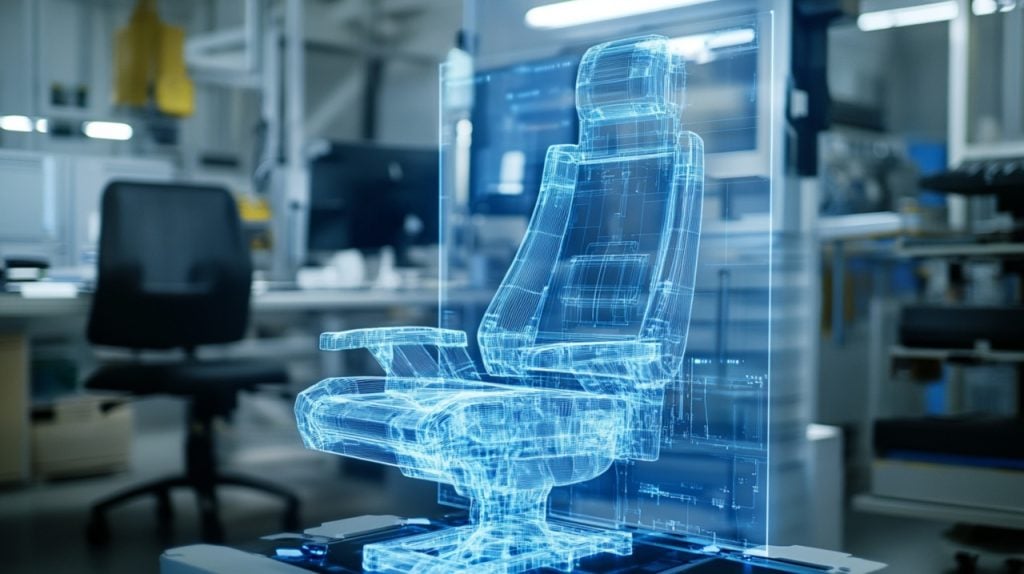In today’s competitive e-commerce landscape, businesses are constantly seeking innovative ways to engage customers and boost sales—and one of the most effective tools for achieving this is a product configurator. By allowing shoppers to personalize products in real-time, configurators enhance user experience, reduce returns, and significantly increase conversion rates. From sneakers to luxury cars, interactive customization is reshaping how consumers shop online. But what exactly makes product configurators so powerful, and how can businesses leverage them for maximum impact?
What is a Product Configurator?
A product configurator is an interactive software tool that lets customers design and customize products according to their preferences. Whether adjusting colors, materials, sizes, or features, users can visualize their ideal product before purchasing. This technology is particularly popular in industries like fashion, automotive, furniture, and electronics, where personalization plays a crucial role in buying decisions.
Unlike static product pages, configurators create an immersive shopping experience. For example, Nike’s Nike By You platform allows customers to design their own sneakers, while Porsche’s online configurator lets buyers customize every detail of their dream car—from paint color to interior stitching. These tools don’t just sell products; they sell unique, tailored experiences.
Why Product Configurators Drive Sales
1. Enhanced Customer Engagement
Traditional e-commerce often lacks the tactile experience of physical stores. A product configurator bridges this gap by making online shopping interactive and fun. When customers spend time customizing a product, they develop a stronger emotional connection to it—increasing the likelihood of purchase.
2. Reduced Return Rates
One of the biggest challenges in e-commerce is high return rates, often due to mismatched expectations. A configurator minimizes this risk by letting customers see exactly what they’re getting before checkout. For instance, a furniture retailer using a 3D product configurator can show shoppers how a customized sofa will look in different fabrics, reducing the chance of dissatisfaction upon delivery.
3. Higher Average Order Value (AOV)
When customers personalize their purchases, they often add premium features or upgrades. A study by Deloitte found that 36% of consumers are willing to pay more for personalized products. A car buyer might opt for leather seats instead of fabric, or a sneaker enthusiast might add custom embroidery—each choice increasing the final sale price.
4. Competitive Differentiation
In a crowded market, standing out is crucial. A well-implemented product configurator can become a unique selling proposition (USP). Brands like Adidas, BMW, and Apple have successfully used customization to differentiate themselves from competitors. Smaller businesses can also leverage configurators to offer boutique-level personalization without the overhead costs of bespoke manufacturing.
Key Features of an Effective Product Configurator
Not all configurators are created equal. To maximize impact, businesses should look for these essential features:
1. Real-Time Visual Feedback
The best configurators provide instant, high-quality 3D renders or AR previews so customers can see changes as they make them. Augmented Reality (AR) takes this further by letting users “place” virtual products in their real-world environment—ideal for furniture or home decor brands.
2. Intuitive User Interface (UI)
A clunky, confusing configurator will drive customers away. The interface should be simple, with clear options and smooth navigation. Drop-down menus, sliders, and color pickers should feel intuitive, not overwhelming.
3. Mobile Optimization
With over 60% of e-commerce traffic coming from mobile devices, a configurator must work seamlessly on smartphones and tablets. Touch-friendly controls and fast loading times are non-negotiable.
4. Integration with E-Commerce Platforms
A configurator should sync effortlessly with existing e-commerce systems like Shopify, Magento, or WooCommerce. This ensures that customized products are correctly added to carts and processed without errors.
5. Social Sharing Options
Personalized products often become a form of self-expression. Allowing customers to share their designs on social media can generate free marketing and word-of-mouth referrals.
Industries Benefiting Most from Product Configurators
While nearly any business can benefit from customization, these industries see particularly high returns:
1. Automotive
Car manufacturers like Tesla and Mercedes-Benz use configurators to let buyers design their vehicles online, from exterior paint to tech upgrades. This not only improves customer satisfaction but also streamlines the ordering process for dealerships.
2. Fashion & Footwear
Brands like Converse and Vans allow shoppers to design their own shoes, creating a sense of ownership before purchase. This strategy has proven especially effective with younger, style-conscious consumers.
3. Furniture & Home Decor
Companies like IKEA use AR-powered configurators to help customers visualize how furniture will fit in their homes, reducing uncertainty and boosting confidence in purchases.
4. Jewelry & Luxury Goods
High-end brands like GS Diamonds leverage configurators to offer bespoke engagement rings, watches, and accessories. The ability to select gemstones, metals, and engravings makes the buying experience feel exclusive.
The Future of Product Configurators
As technology advances, configurators will become even more sophisticated. AI-driven recommendations could suggest customizations based on user preferences, while virtual reality (VR) might allow customers to “walk through” their designed products before buying. Additionally, blockchain could enable true ownership of digital customizations, particularly in the metaverse.
For businesses, investing in a product configurator is no longer a luxury—it’s a necessity for staying competitive in an era where personalization reigns supreme. By empowering customers to create products that reflect their individuality, brands can foster loyalty, increase sales, and redefine the future of e-commerce.
Final Thoughts
The rise of product configurators marks a shift from passive shopping to active co-creation. Customers no longer want to simply buy—they want to participate in the design process. Brands that embrace this trend will not only meet modern consumer expectations but also unlock new revenue streams and long-term customer relationships.
Emily Henry writes for UKWritings Reviews and Write My Research Paper. She writes articles on many subjects including writing great resumes. Emily is also an editor at State Of Writing.






